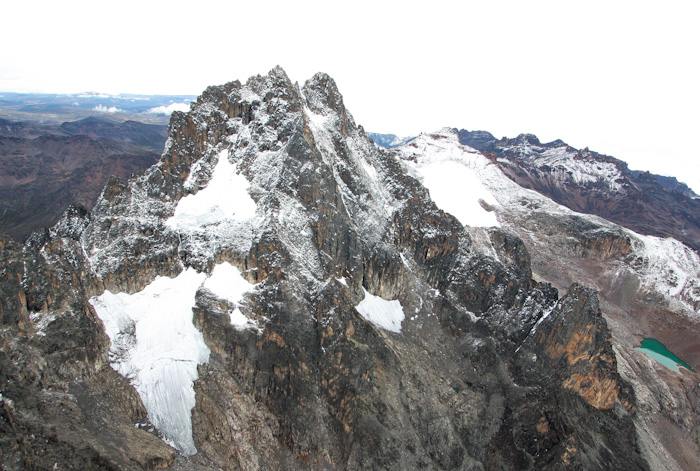
Snow slowly melting away on Africa’s second highest mountain

Africa’s second highest mountain, Mountain Kenya glaciers are fast disappearing at a rate that is expected to accelerate due to the drought alert, reports the East African.
The mountain is one of Kenya’s water towers supplying water to millions of people living around the mountain and major supplier to the country’s largest water reservoirs; the Masinga Dam and the Ewaso Nyiro which provide water to Kenya’s arid north.
For centuries, the several glaciers on the mountain started at 15,000 feet above sea level despite being right on the Equator.
It is estimated that in the next 30 years, all the glaciers on Mt Kenya will have disappeared — largely because of climate change
“Until a few years ago, it was impossible to ascent to the lobelia alpine zone at 11,500 feet without proper climbing shoes because it was so wet and boggy. Now l can walk up in my safari shoes. In the past 20 years, we have seen less rainfall and hence the rivers drying up,” said Benson Maina, a naturalist at the Serena Mountain Lodge, adding “2016 was the first Christmas we have had without any rain.”
According to the report by the East African, the first glacier to disappear was the Krapf Glacier in 1926 (Dr Ludwig Krapt recorded it in 1849). Out of the 16 known glaciers that existed a century ago, only six or seven remain today, and are melting fast






